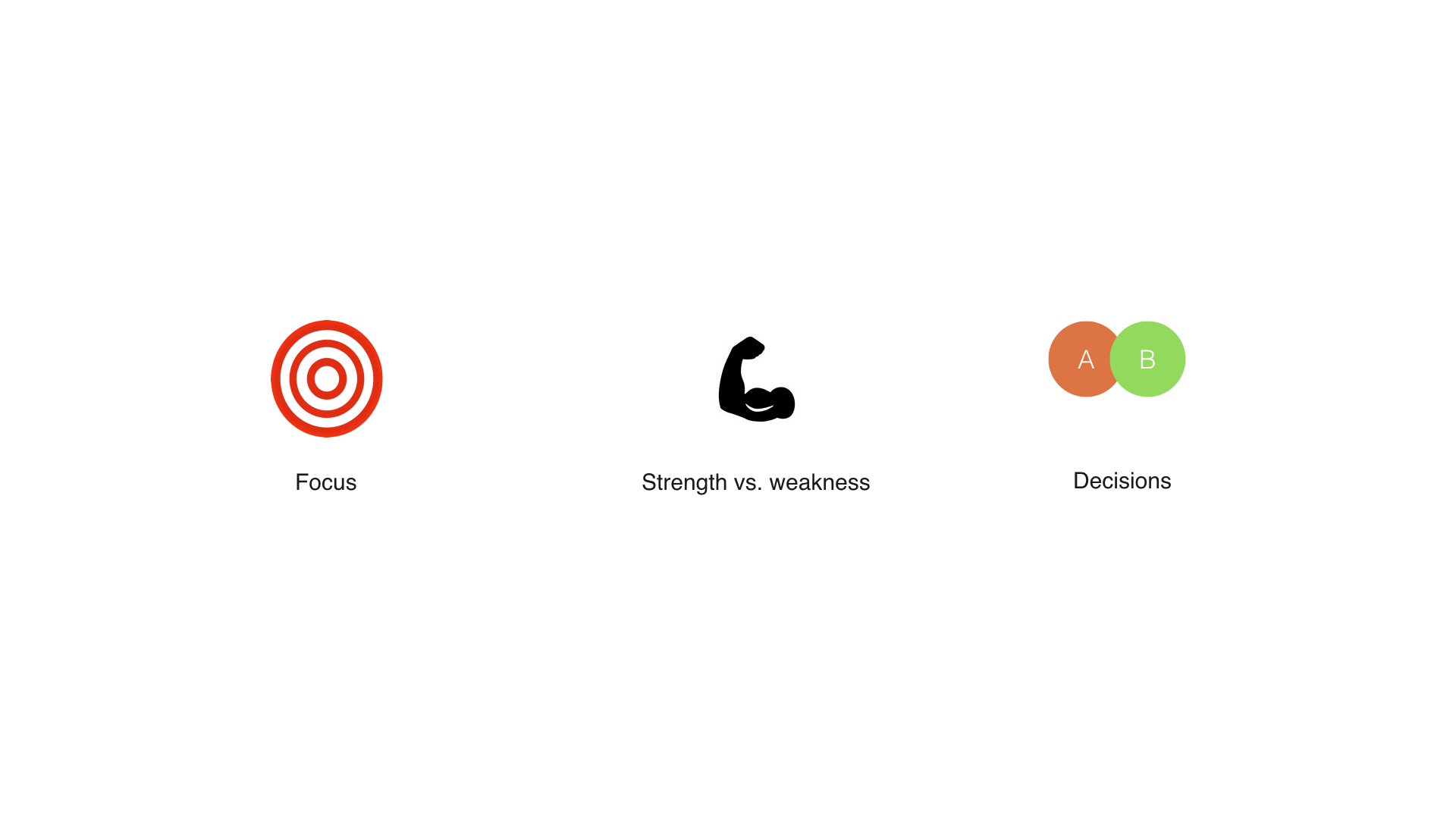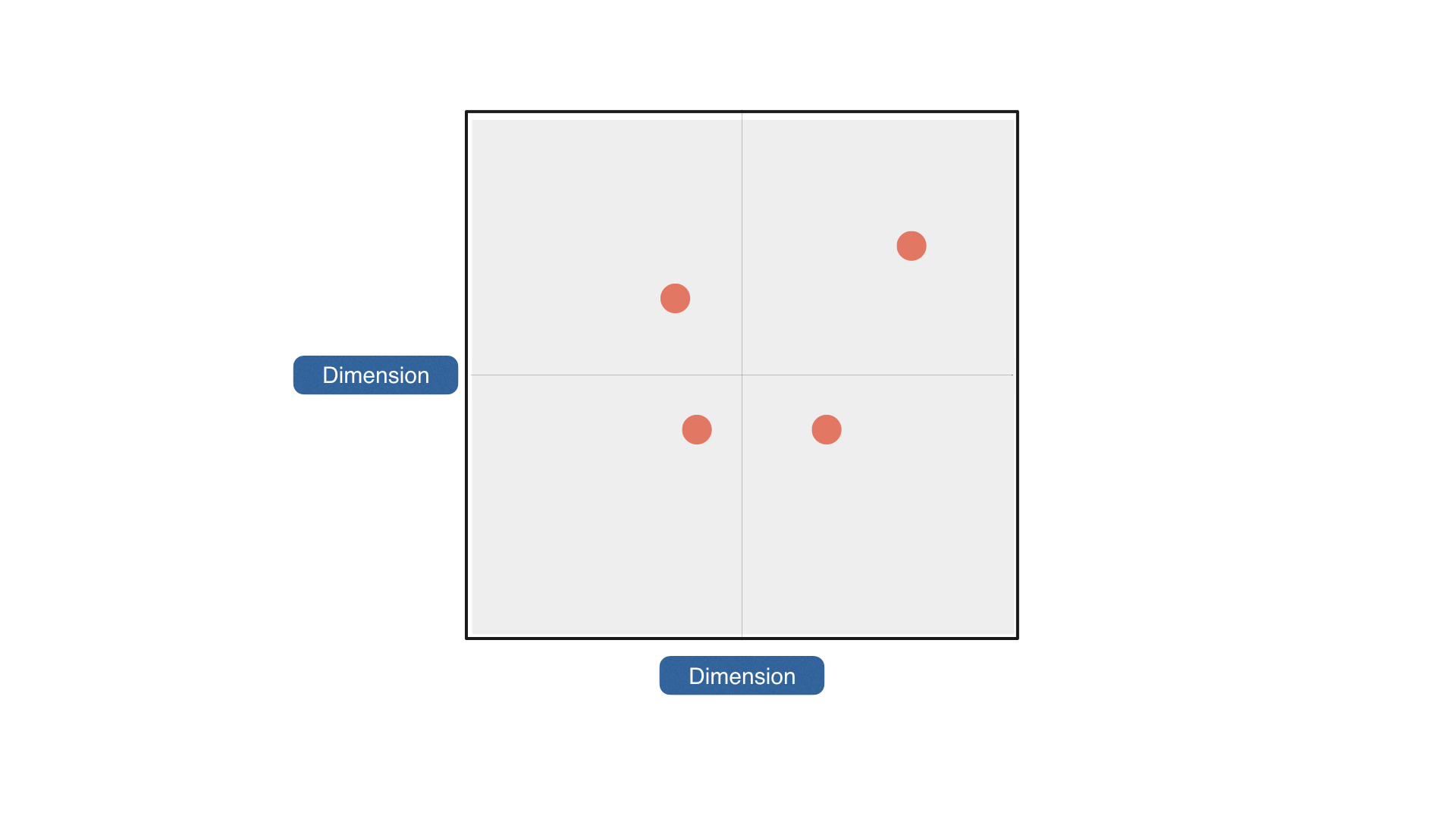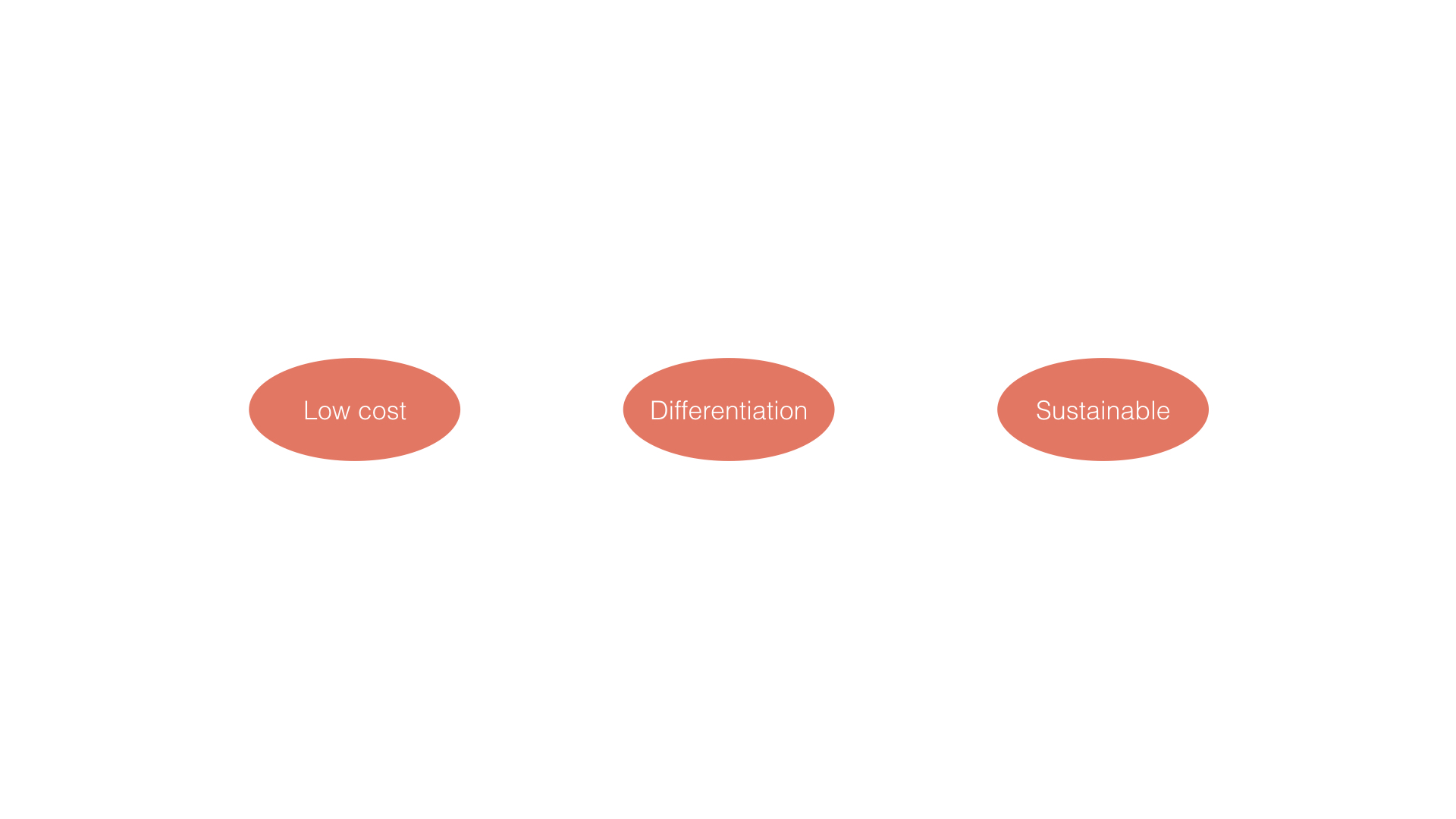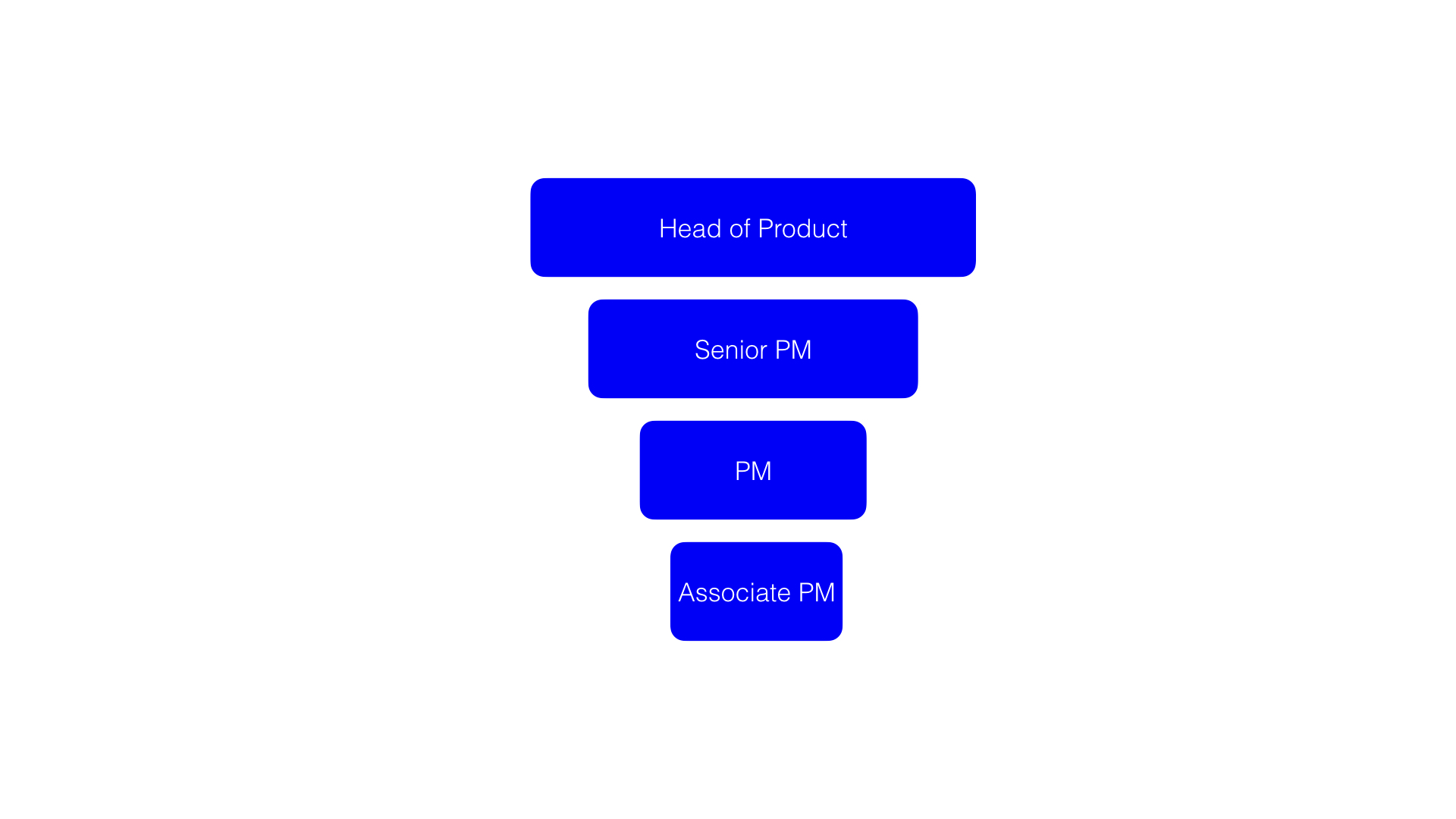How to Think Strategically
A classical definition of strategy applied to product thinking
The problem with strategy
Ask someone what their strategy is and you’ll often get vague responses relating to operational effectiveness, items from their to do list or a proclamation that their company is ‘the best’.
What exactly is ‘the best’?
The obsession with being ‘the best’ is a common theme when attempting to create business strategies. There is nothing inherently wrong with striving to be the best or to be perceived to be the best but the flaws in this way of thinking – at least when it comes to developing strategies – are exposed when you ask yourself to decide which products are the best. Is Evernote the best note taking app? Is Paypal the best payment solution? Is Things the best to do app? The answer is usually ‘Well, it depends.’
In product management, it helps to be able to harness your ability to think strategically. Shifting your mindset away from your natural obsession with being the best and instead having a deeper understanding of strategic concepts will help you to think more strategically and ultimately make effective product decisions.
A brief guide to thinking strategically
Unlike a single, stand-alone decision or a goal, a strategy is a coherent, dynamic set of analyses, concepts, policies, arguments, and actions that respond to ever-changing challenges in your market.
Guiding principles

Before we dig into some definitions and examples of strategic thinking, here are some guiding principles to consider and to practice:
- Focus – good strategy works by focusing energy and resources on one or at least a very few objectives. The accomplishment of these objectives should lead to a series of favourable outcomes, both for your business and your customers. Most complex organisations do not focus their resources and instead pursue multiple goals and objectives simultaneously, resulting in a dilution of their impact across the board.
- Strength vs. weakness – at its core, strategy is fundamentally concerned with the application of strength against weakness. It is your role to identify the strengths of your business vs your competitors and leverage these strengths by creating products which help you to win.
- Decisions – as you well know, one of the most difficult aspects of building products is not just in deciding what to do but in deciding what not to do. Strategy forces you to make clear trade offs so that you can make decisions. A decision in agile product development is a hypothesis; it might not turn out the way you’d expect, but good strategy requires you to formulate a hypothesis by making a clear decision one way or another. With your decision made you can measure the results and change course if necessary. An inability to make clear choices is a symptom of an inability to think strategically.
An example of applying strength vs. weakness
eBay identified variety of products sold in its buyer-seller marketplace as a key strength in its battle against Amazon. Its recent ad campaign leverages this strength to attempt to position itself as a creative, diverse and colorful alternative to the dull, corporate, color-free behemoth Amazon.
A classic definition of strategy
Here’s Michael Porter’s definition of strategy which encompasses many of the different aspects of strategic thinking:
Strategy is the distinctive position you seek to occupy in your market and the advantages on which you will compete.
Nice.
Now let’s take a deeper look and see how we can take some aspects of this definition and apply them to developing your strategic mindset.
1. Distinctive position

There are 2 parts to this first part of the definition:
- Distinctive
- Position
Distinctive means deciding on what basis your business or product is different and distinctive. Product differentiation can be difficult since it forces you to overcome the fear of being judged by your peers for suggesting ways to do things differently. You’re also susceptible to the temptation of copying your competitors because copying is not only easier but also feels perversely like the right thing to do. You’ll say to yourself, ‘if our competitors are doing it, why shouldn’t we?’. Copying competitors gives you the validation you need that your idea will work – even if you have no idea whether it’s working for your competitor.
Forging a distinctive position means ignoring social cues and your inner desire to not be seen as weird and instead pursuing genuinely unique paths of differentiation.
Positioning can be based upon a variety of different factors. These include, but are not limited to, pricing, target audience, brand, classic market positioning (high end vs. low end), values and tone of voice. Clear choices lead to identifying a clear position.
Positioning ultimately means understanding what position your business or product has in your market. The classic way to do this is to create your own quadrant which clearly demonstrates your position in your market. As time passes and you adopt different strategies, your position may need to change to adapt to the challenges you face.
Blackberry, for example, just a few years ago positioned itself as a hardware and software manufacturer which competed directly with the iPhone and Android devices. Faced with an onslaught of competition and dwindling market share it performed a strategic move and repositioned itself as a software-oriented company focused on B2B security markets. This strategic re-positioning was conceived by analysing the inherent advantages of Blackberry vs. its competition. In this case, its advantages in the security space were the dimensions on which it chose to focus.
2. Market
Positioning is largely irrelevant without understanding the context of your market. How can you possibly know what position your business or product assumes without a basic understanding your market?
Do you know what market your business or product operates in? Do you know the boundaries of that market?
Most companies view the boundaries of their market through the same lenses. This typically involves attaching labels to traditional markets so as to identify the market itself and its limitations before then deciding how to cater to this predefined market.
For example, you may decide that your business operates in the ‘luxury car market’, the ‘coworking space market’ or the ‘restaurant market’.
Taking restaurants as an example, restaurants may assume that they are operating in the restaurant market when in fact upon deeper inspection of the customer need they’re solving, it may be apparent that they are not only competing with other restaurants but also with other services and solutions to the customer desire to spend 2 hours of self-indulgence.. Despite radical differences in form and function, restaurants may in fact be competing with cinemas, Netflix or an evening of Instagram scrolling with a glass of wine at home.
Understanding the true boundaries and characteristics of your market enables you to redefine these boundaries if necessary. By identifying your advantages and making clear decisions there may be opportunities to redefine the boundaries of your traditional market and reach new customers who wouldn’t traditionally be considered part of your market. Thinking strategically forces you to consider not just your market but the boundaries of it too.
The next time you hear someone in your organisation talk clearly and confidently about the market you’re operating in by attaching a predefined label, try thinking about how you might redefine this market to capture a new audience or segment of an existing audience by redefining the traditional boundaries and characteristics of your market.
3. Advantages

No one individual or company has the same advantages as the other; the key to strong strategy lies in your ability to identify your advantages over other companies.
How can you do that? Well, it helps to understand the different types of advantages that exist.
- Low cost advantages – leveraging your value chain to offer economies of scale and cheaper products than your competition. Low cost advantages are difficult for smaller companies as they struggle to compete with juggernauts with astronomical economies of scale.
- Differentiation advantages – creating uniqueness in your product. This involves using what’s unique about your business or product to give yourself an advantage over your competition.
- Sustainable advantages – for a company to have a sustainable advantage, another company must not be able to replicate it easily. These non-replicable advantages are sometimes known as ‘isolating mechanisms’. A term borrowed from genetics, isolating mechanisms prevent species from interbreeding so that the genetic integrity of the species remains solid. Think of your business or product in a similar way and work to ensure you give your business a sustainable advantage which can withstand competition over time.
Learning to think in terms of advantages is an important part of developing your strategic mindset and with an understanding of the different types of business advantages you can begin to identify existing or potential future advantages in your business.
4. Compete
Strategy has its roots in competition. The application of strength vs. weakness as a basic principle of strategic thinking demonstrates this clearly. The formulation of strategy is ultimately a series of decisions designed to help you to either beat the competition or render them irrelevant.
Here’s a few practical ways you can conduct effective competitor analysis:
- Competitor advantages – since you know that your advantages are derived from your unique value chain, spend some time analysing competitor value chains to understand their strengths and weaknesses. Good strategy will demonstrate that you a) understand your competitor’s disadvantages and b) can effectively exploit these using your unique advantages
- Product comparison diagrams – a neat way to demonstrate some of the differences between your product and your competitors is to visualise them in comparison diagrams. You can compare across multiple dimensions. For example, if you’re trying to prove to stakeholders that your app is burdened with far more friction than your competitors, put together a user journey diagram to make this explicit
- Customer interviews / data – Customer feedback and interrogation is helpful when analysing your competition. Listen to your customers to uncover some reasons why they choose one product over another and to understand what problem the product solves and why. If they use your competitor, ask them what they love most about that competitor and what led them to make that decision. You may find customers are a little intimidated by the process of interviews so try and make them feel as at ease as possible to try and get them to speak honestly.
The truth is that in the real world nobody can be bothered to do competitor analysis. What this often consists of is pulling together a few screenshots and leaving them in a folder for someone else to examine. Everyone is extremely busy and there is an argument to suggest you should forge ahead with your own strategy and not care too much about the competition. This has been effective for some companies, but for others, the ignorance of assuming they can continue to do what they’ve always done and not worry about competition has ultimately led to their downfall.
The strongest tactic for dealing with competition is a relentless focus on delighting your customers in ways in value enhancing, difficult to replicate ways.
Who is responsible for developing product strategy?

Typically product strategy is formulated by Senior product managers and Heads of Product / execs but if you’re not quite at a senior level yet, that’s not a reason to defer developing these skills until later in your career. Developing a solid toolkit of strategic thinking skills now will only serve to help you later.



